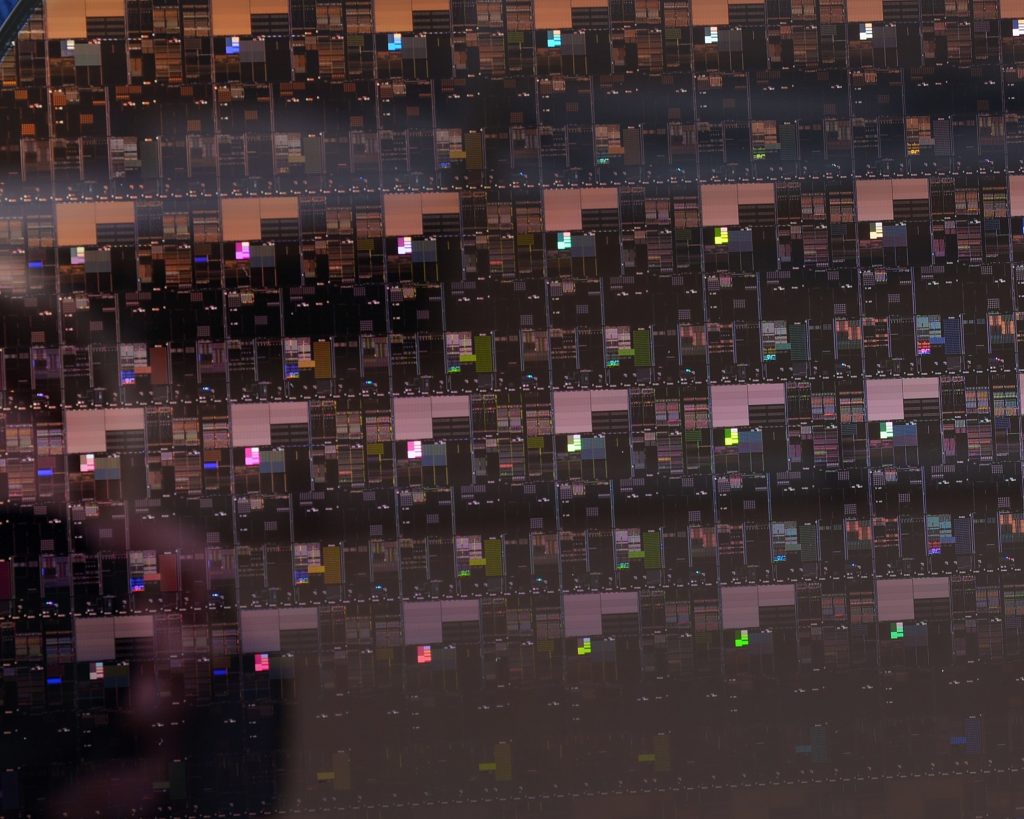IBM has announced a new breakthrough today, unveiling the world's first chip using 2nm nanosheet technology. The new 2nm design can bring several improvements, including big leaps in performance and efficiency.
An IBM 2nm chip with nanosheet technology can fit up to 50 billion transistors and is projected to achieve 45 percent higher performance and 75 percent lower power usage than today's 7nm chips.
IBM has outlined four areas where its 2nm chips can bring substantial benefits:
- Quadrupling cell phone battery life, only requiring users to charge their devices every four days.
- Slashing the carbon footprint of data centers, which account for one percent of global energy use. Changing all of their servers to 2 nm-based processors could potentially reduce that number significantly.
- Drastically speeding up a laptop's functions, ranging from quicker processing in applications, to assisting in language translation more easily, to faster internet access.
- Contributing to faster object detection and reaction time in autonomous vehicles like self-driving cars.
Speaking on the latest breakthrough, IBM Research SVP and Director, Dario Gil, said: “The IBM innovation reflected in this new 2 nm chip is essential to the entire semiconductor and IT industry. It is the product of IBM's approach of taking on hard tech challenges and a demonstration of how breakthroughs can result from sustained investments and a collaborative R&D ecosystem approach.”
IBM previously developed the world's first 7nm and 5nm process technologies. That trend continues with 2nm process technology now announced.
Discuss on our Facebook page, HERE.
KitGuru Says: It still remains to be seen when the first 2nm processors will hit the market. Competitors like TSMC are also currently working on 2nm process technology.
 KitGuru KitGuru.net – Tech News | Hardware News | Hardware Reviews | IOS | Mobile | Gaming | Graphics Cards
KitGuru KitGuru.net – Tech News | Hardware News | Hardware Reviews | IOS | Mobile | Gaming | Graphics Cards



